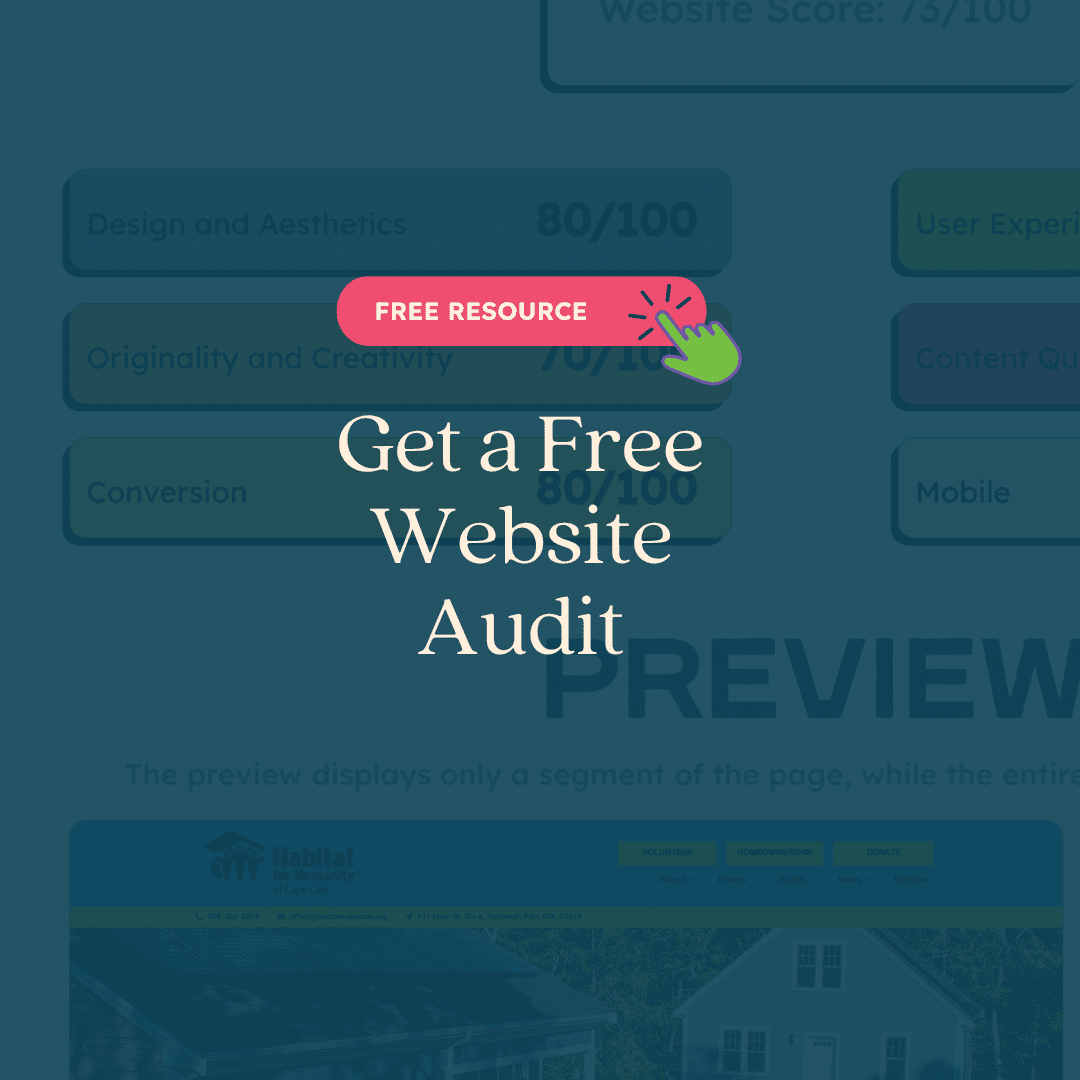For the past decade, the team at Tellwell has been on this incredible journey of helping organizations, from eager startups to Fortune 100 companies, find their voice and share their unique stories.
Navigating the business world can be like trying to find your way through a dense forest – it’s easy to get lost. That’s where we step in. Think of us as your trusty compass, helping you stay on track. We’re all about cutting through the noise and getting straight to what matters: your message, your story, and how these elements drive your business forward.
Your website? It’s more than just a digital storefront. It’s your handshake, first hello, and lasting impression all rolled into one. We’re here to ensure that when customers land on your page, they’re not just visitors; they become part of your story.
Every element matters, from the first word on your homepage to the final call to action. We’ve got a keen eye for what works and what doesn’t, and we’re all about sharing that knowledge with you. Whether you’re introducing your brand, educating your audience, engaging with potential customers, or reminding them why they chose you in the first place, we’ve got the tools and tricks to make it happen.
So, let’s roll up our sleeves and dive in. With a decade of storytelling and a passion for seeing businesses thrive, we’re ready to help you amplify your impact and watch those sales soar. Here’s to crafting a website that tells your story and becomes a part of your customers’ stories, too.










